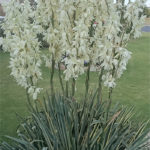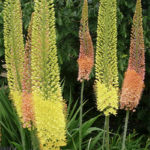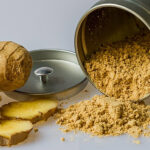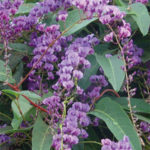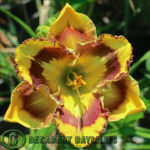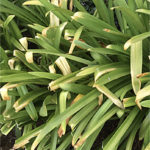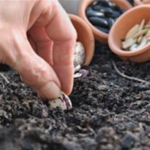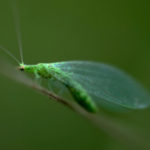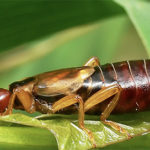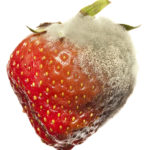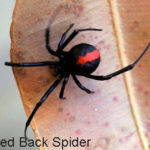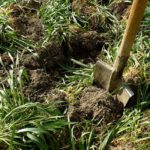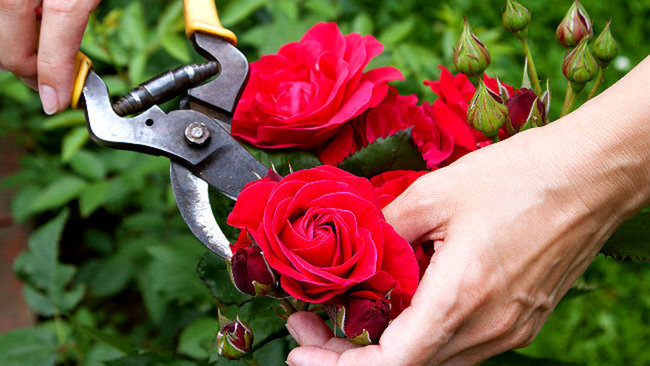
Rose How When to Winter Prune
Pruning Roses In Winter
Pruning roses should take place in July in Australia this is the month when roses have their big prune. Pruning roses can be quite daunting for gardeners. It takes some time to become an expert in rose pruning activities. There is a right way to prune roses and a wrong way nevertheless it is recommended to prune your roses when they are dormant. It is best to do this in winter rather than let your rose plant grow wild. Rose pruning is very beneficial for plants as it encourages better air circulation and much more light which in turn helps the plants to produce more beautiful blooms for the next season. It also makes the shape of the rose bush more attractive and limits the likelihood of diseases such as black spot.
Some General Steps of Pruning Roses
Before starting to prune your rose bush gather some basic tools such as thick gloves, a large bin or a drop sheet to hold pruning’s, a pruning saw, sharp secateurs and some disinfectant such as bleach to sterilise the pruning tools before and in between pruning different rose bushes besides this stops the spread of diseases. The size and vigour of the roses determine how far to cut back. Most roses are cut back to around one third of their size around your knee height, but tall and fast growing roses can be cut back a little harder.
The object here is to replace the old less vigorous branches with young last season’s branches.
You need to aim for 4 no more than 5 (straight with no side branches) main core branches left on the bush after you have finished pruning for next season’s growth. To do this, these need to be preferably last years new wood as this is where you will get your best rose flowers.
The first important thing to know when pruning roses, is to know the difference between a basal water shoot and a sucker
What is a Basal Shoot – This is a new shoot coming from the base of the rose it is usually red in colour and its growth is very soft meaning these red shoots can be easily broken off. Be careful not to cut or knock these small red growing shoots from the base of the rose when you are pruning the rose. During the year these shoots will grow into strong canes to provide next year’s flowers.
What is a Sucker – A sucker is a shoot or branch that grows under the graft, bud union of the rose plant and ends up very tall because it is very vigorous. Let go and it will flower on its own rootstock which the flowers are usually small and burgundy in colour and not the same as the rose you first bought. If you are able to pull the suckers off instead of cutting them this will stop them from ever growing back.
It is very important that you look after the basal shoots as these grow into next year’s canes to produce next year’s flowers.
A rose bush can put up as many as 5 basal shoots but normally there are only 3 or 4 per rose bush depending on how well the rose bush has been fed and looked after. So you have to look after the basal shoots and don’t knock them while pruning and don’t cut the basal shoots off.
Now you know the difference between a basal shoot and a sucker it is time to starting pruning the rose bush –
- Remove growth that is growing in the middle of the rose bush right down to the base of the rose bush cutting as low as possible. The idea is to open the rose bush up to let the airflow through with light circulating and to end up with a symmetrical open shape with 3 or 4 branches evenly spaced preferably last year’s canes. Always remember never to retain very old canes, no older than 2 years if possible.

How To Prune a Rose Properly
- Starting from the base of the plant, use your two handled secateurs to remove any cross over laterals that are growing towards the middle of the rose plant, this includes dead weak branches very old brown grey wood and spindly growth. Once removed this stimulates new growth in short this will bring you quality blooms.
- Next when you decide on the height of the rose bush being pruned always remember that the height you pruned your rose bush. Your rose bush will grow three times the height by the end of that growing season.
- You prune your main branches to an outside bud a well developed eye or a dormant bud, cutting 1/4 inch higher than the bud on a downward 45 degrees angle sloping towards the centre of the rose bush. The idea of the angle cut is so that the dew and rain will not be accumulated in the area where bud forms onto the stem this will prevent any fungal disease. Don’t be concerned if the branches are cut at different heights.
The trick to pruning a rose is to stand back every now and then to see what you are doing.
- Clear away old canes and dispose of them
- Spray your pruned rose, and not forgetting the ground around the rose bush with some lime sulfur to prevent pests and diseases like rust and black spot. But make sure to spray immediately after pruning roses, because if left to spray later the lime sulfur can burn the new shoots.
- After completing your pruning and spraying activities, place a layer of about 5cm of organic matter such as Sugar cane, Lucerne, Compost or Manure around the rose bush as mulch.
Standards and stem roses are pruned the same way as bush roses.
Rugosa’s respond to heavy pruning
David Austin roses should be pruned the same way as bush roses.
Cluster Floribunda roses are also pruned the same way but must be pruned shorter.
Prune Heritage Roses the old fashion rose species are grown as shrubs mostly with a minimum amount of pruning, only removing dead spent or sickly wood and shortening what is retained resulting in a much tidier rose bush.
Weeping Standards only flower in spring on one-year-old canes they need to be trimmed lightly removing all dead wood and older canes.
Prune Climbing Roses involves the same principles as bush roses but remember new seasons canes will only produce flowers from the side shoots that are shortened back to two buds.
What is the waiting time from pruning until bloom?
Gardeners mostly focus on deadheading to remove spent flowers and to make the shape of the plant more attractive. This encourages repeat flowering to do this you need to follow the spent flowering stem, down till you see the second 5th leaf, down the stem pruning away from the bud on a 45 degree angle this will encourage repeat flowering.
- If this is done in early February in Australia allow 50 days
If pruning is done in late February allow 55 days
But delayed till March the interval between trimming and flowering will be 60 days or more
this means if a rose bush is forced and trimmed on the 14th of February the bloom will open around the 5th of April allowing 50 days.
Suitable Times For Pruning Roses
The timing of rose pruning depends on the rose type and the location. If your rose type only flowers once for the season then it should be pruned after flowering, usually during late spring or early summer. Repeat flowering varieties also need some attention after flowering, but the pruning should not be severe at all. Gardeners mostly focus on dead heading during mild seasons to remove spent flowers and to make the shape of the plant more attractive. This encourages repeat flowering and making your roses less susceptible to powdery mildew and black spot.
Although slight pruning is done during the summers, winter is the season when roses need greater attention and stronger pruning to encourage better growth. June and July are the most appropriate months for rose pruning in Australia however, if you are residing in extremely cold parts of Australia where frost occurs, then delay pruning until August so that the frost has finished, otherwise your roses will be damaged.



